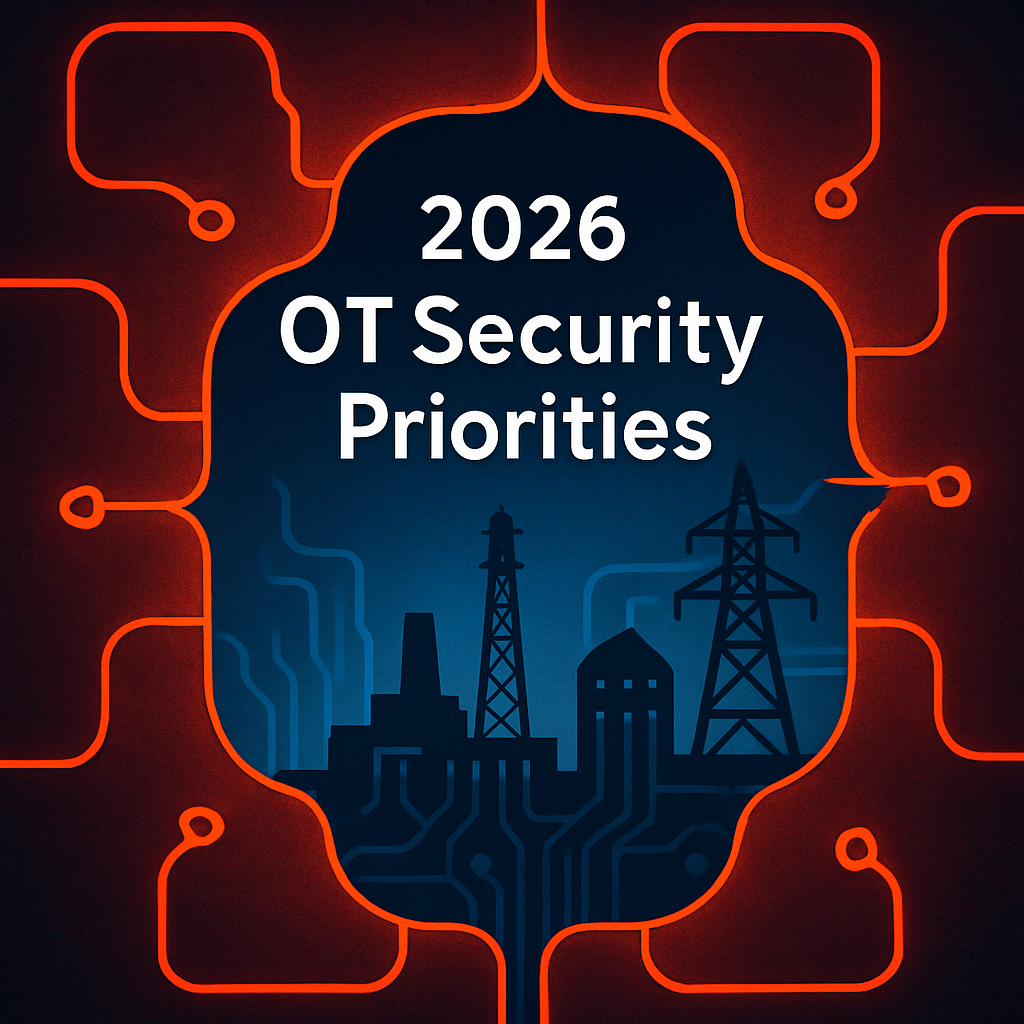Underestimating the Vulnerabilities of Authentication Processes on PLCs: A Perilous Oversight

In the realm of industrial automation, PLCs (Programmable Logic Controllers) play a pivotal role in orchestrating and controlling critical processes. However, the security of these devices is often overlooked, with enterprises underestimating the potential consequences of weak authentication measures. This underestimation can have dire ramifications, leaving PLCs susceptible to cyberattacks and exposing organizations to significant risks.
The Crash Override 2022 Hack
A stark reminder of the perils of weak PLC authentication is the "Crash Override 2022 Hack," a series of cyberattacks that targeted multiple industrial control systems in 2022. The attackers exploited vulnerabilities in a software vendor's PLC programming environment to gain unauthorized access to the PLCs. Once they had access, they could have potentially caused physical damage or disrupted industrial processes.

This incident highlights the critical need for robust authentication measures in PLC environments. While the exact details of how the attackers passed through the authentication process remain undisclosed, it is believed they employed a combination of techniques, including exploiting vulnerabilities in the PLC programming environment and using social engineering tactics to trick employees into giving up their credentials or clicking on malicious links.
Factors Contributing to the Underestimation

Several factors contribute to the prevailing underestimation of authentication vulnerabilities on PLCs:
- Lack of Awareness: At SPS 2023 in Nuremberg, Germany, some of the manufacturers we spoke to still believe that since OT environments usually run on an isolated networks, security is not an issue. You need to be physically present which is not the case as evident by the Stuxnet worm in 2010 and subsequent variants of it since. The worm manages to hide in removal storage drive and once plugged into an OT environment it can spread and reprogram PLCs. Additionally, Organizations may not fully grasp the potential severity of cyberattacks targeting PLCs. The criticality of PLCs in industrial processes often goes unnoticed, leading to a false sense of security and a disregard for robust authentication measures.
- Cost Considerations: Implementing stronger authentication measures can be perceived as an unnecessary expense, especially if an organization has not experienced a security breach in the past. This cost-driven approach often overshadows the potential financial losses and reputational damage that could result from a PLC security breach.
- Complexity of ICS Environments: ICS (Industrial Control Systems) environments are often intricate and heterogeneous, making it challenging to implement and manage robust authentication measures across a diverse range of devices and systems. This complexity can lead to organizations underestimating the resources and expertise required to establish and maintain adequate security controls.
- Industry Culture and Practices: The industrial automation industry has traditionally prioritized operational efficiency and reliability over cybersecurity. This focus on uptime and production can lead to a disregard for the importance of strong authentication and other security measures, leaving PLCs vulnerable to exploitation.
- Limited Cybersecurity Resources: Many organizations lack the dedicated cybersecurity resources and expertise to properly assess and manage the security risks associated with ICS. This lack of resources can hinder efforts to implement and maintain effective authentication measures, leaving PLC security compromised.
- Underestimation of Attacker Capabilities: Organizations may underestimate the capabilities of cyberattackers, believing that their ICS systems are not attractive targets or that their existing security measures are sufficient to protect them. This underestimation can lead to a false sense of security and a reluctance to invest in stronger authentication measures.
- Lack of Regulatory Compliance: In some industries, there may be a lack of clear regulatory requirements or industry standards for authentication and security controls in ICS environments. This lack of guidance can make it difficult for organizations to know what measures to implement and can lead to a perception that stronger authentication is not mandatory.
- Organizational Silos: In some organizations, there may be silos between IT and OT (operations technology) teams, making it challenging to coordinate security efforts and implement authentication measures that are effective across both environments. This lack of coordination can lead to gaps in security and an underestimation of the overall risk.
Consequences of Weak Authentication
The underestimation of authentication vulnerabilities on PLCs can have severe consequences, including:
- Unauthorized Access and Manipulation: Weak authentication measures can provide attackers with easy access to PLCs, enabling them to manipulate critical processes, disrupt operations, and potentially cause physical damage.
- Data Breaches and Theft: Sensitive industrial data stored on PLCs can be compromised, leading to intellectual property theft and exposing organizations to financial losses and reputational damage.
- Supply Chain Disruptions: Cyberattacks targeting PLCs can disrupt supply chain operations, causing delays, shortages, and financial losses across industries.
Strengthening Authentication Measures

To mitigate the risks associated with weak authentication on PLCs, organizations should implement robust authentication measures, such as:
- Passwordless Authentication: Transition away from traditional password-based authentication to more secure methods like biometric authentication, multi-factor authentication, or risk-based authentication, such as swIDch's OTAC technology.
- User Management: Establish strong user management practices, including role-based access control (RBAC) to limit user permissions and minimize the attack surface.
- Secure Communication Protocols: Employ secure communication protocols, such as TLS (Transport Layer Security) or SSH (Secure Shell), to encrypt all.
- Network Segmentation: Segment the ICS network from other corporate networks to limit the potential for lateral movement of attackers and isolate critical control systems from unauthorized access.
The Importance of Robust Authentication for PLCs
The underestimation of authentication vulnerabilities on PLCs can have severe consequences for organizations, exposing them to cyberattacks, data breaches, and supply chain disruptions. By implementing robust authentication measures, organizations can safeguard their critical infrastructure, protect sensitive data, and ensure the integrity of their industrial processes.
--------------------

swIDch will continue its quest to innovate and pioneer next-generation authentication solutions. To stay up-to-date with the latest trends sign up to our newsletter and check out our latest solutions.

2025 made one truth uncomfortably clear: the biggest weaknesses in OT security no longer sit inside the control layer,

The OT and critical infrastructure incidents we witnessed throughout 2025 showed, with unusual clarity, where attackers

2025 was marked by a series of real-world OT and infrastructure incidents across Europe and North America. A dam gate
Looking to stay up-to-date with our latest news?